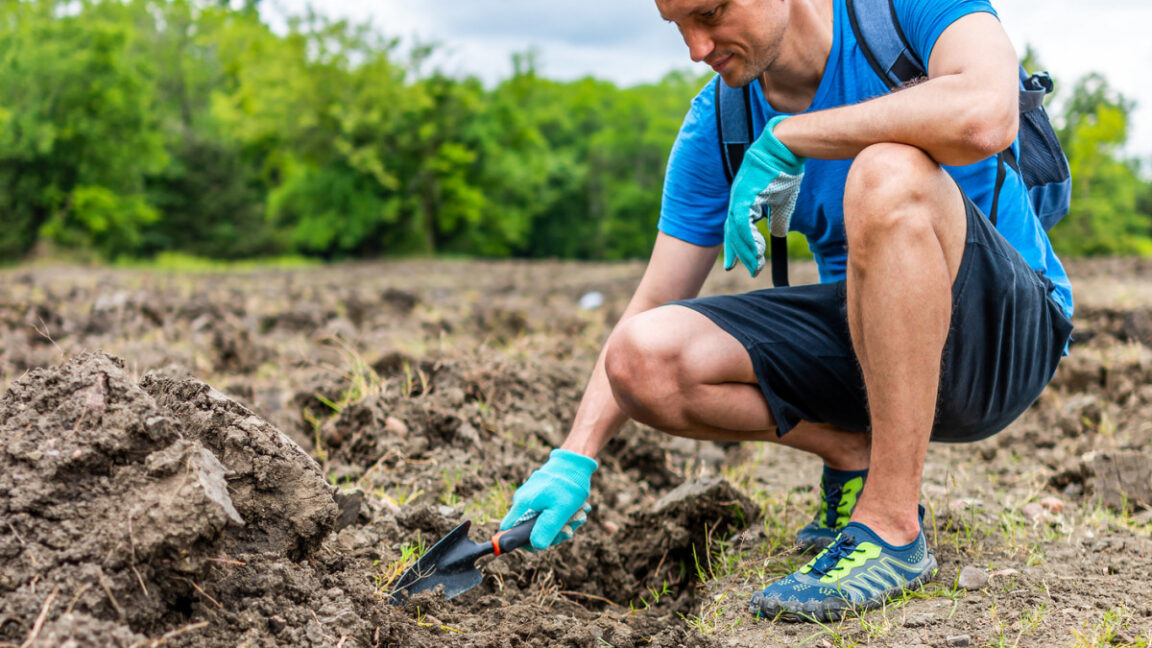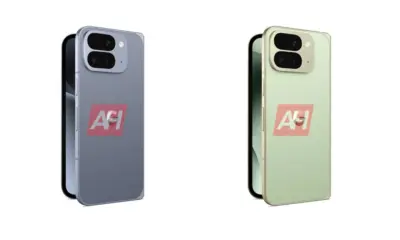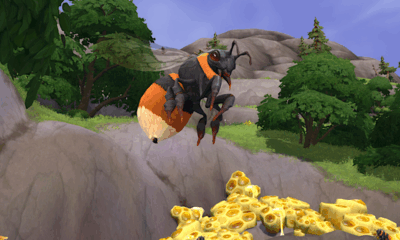Science
Hunt for Diamonds at Arkansas’ Unique Public Mine Experience

In southwest Arkansas, a remarkable opportunity awaits treasure hunters at the Crater of Diamonds State Park, the only public diamond mine in the world. For the price of a movie ticket, anyone can search for diamonds in this 37-acre park near Murfreesboro and keep whatever they find. The site rests atop an ancient volcanic pipe that erupted approximately 100 million years ago, bringing diamonds formed deep within the Earth’s mantle to the surface.
The park’s history as a diamond-producing site began with the discovery of the first diamonds by John Wesley Huddleston in 1906. Although several commercial mining attempts followed until the park’s establishment in 1972, profitability proved elusive due to the low concentration of diamonds compared to other commercial mines. Rather than leasing the land to mining companies, the state chose to preserve it as a unique geological site where the public can search for diamonds in their original volcanic matrix.
Discovering Diamonds and More
Since its opening, visitors to the Crater of Diamonds have uncovered over 35,000 diamonds. The park operates under a straightforward principle: everything found belongs to the finder, with no hidden fees or revenue sharing. Yet, the search is not as simple as it may sound. The diamond search area is plowed regularly to bring fresh material to the surface, and while visitors do not require special licenses, they must adhere to rules prohibiting motor-driven equipment and ensuring that any holes dug are filled before leaving.
Travel blogger Liz Mays, who visited the park earlier this year, noted the diverse crowd of families, hobbyists, and experienced diggers. Some visitors search casually, while others come equipped with wagons and wheelbarrows to transport their tools and supplies. The park offers basic tools for rent on a first-come, first-served basis, alongside facilities including two covered pavilions with water troughs for wet sifting. Visitors may also bring their own equipment, such as shovels and sifting screens, while shaded structures provide relief from the sun.
The diamonds found here usually resemble metallic or glassy pebbles rather than the traditional cut gems most people envision. The volcanic soil is also rich in other minerals, including amethyst, garnet, jasper, agate, and various types of quartz, all of which visitors are allowed to keep. Notably, the largest diamond ever found in the United States, the 40.23-carat Uncle Sam diamond, was discovered at this location in 1924.
A Family-Friendly Adventure
The Crater of Diamonds State Park is an affordable destination for families, with admission priced at $15 for adults and $7 for children aged 6 to 12. Overnight camping is also available, allowing eager treasure hunters to return to the search fields at dawn. During the summer months, the park features a small water park, providing a refreshing break from the heat, which can reach indices exceeding 110°F (43°C).
Visitors often encounter muddy conditions after rain, which experienced diggers consider advantageous for spotting diamonds. As Mays remarked, “Most visitors leave with a handful of interesting rocks, some newfound knowledge, and an urgent need for a long shower.”
For those who do not find diamonds during their visit, there remains an option to purchase a diamond-making machine online for approximately $200,000. Nonetheless, the excitement of the hunt continues to draw visitors, making Crater of Diamonds State Park a unique and engaging experience for treasure seekers from around the globe.
-

 Education3 months ago
Education3 months agoBrandon University’s Failed $5 Million Project Sparks Oversight Review
-

 Science4 months ago
Science4 months agoMicrosoft Confirms U.S. Law Overrules Canadian Data Sovereignty
-

 Lifestyle3 months ago
Lifestyle3 months agoWinnipeg Celebrates Culinary Creativity During Le Burger Week 2025
-

 Health4 months ago
Health4 months agoMontreal’s Groupe Marcelle Leads Canadian Cosmetic Industry Growth
-

 Science4 months ago
Science4 months agoTech Innovator Amandipp Singh Transforms Hiring for Disabled
-

 Technology4 months ago
Technology4 months agoDragon Ball: Sparking! Zero Launching on Switch and Switch 2 This November
-

 Education4 months ago
Education4 months agoRed River College Launches New Programs to Address Industry Needs
-

 Technology4 months ago
Technology4 months agoGoogle Pixel 10 Pro Fold Specs Unveiled Ahead of Launch
-

 Business3 months ago
Business3 months agoRocket Lab Reports Strong Q2 2025 Revenue Growth and Future Plans
-

 Technology2 months ago
Technology2 months agoDiscord Faces Serious Security Breach Affecting Millions
-

 Education4 months ago
Education4 months agoAlberta Teachers’ Strike: Potential Impacts on Students and Families
-

 Education4 months ago
Education4 months agoNew SĆIȺNEW̱ SṮEȽIṮḴEȽ Elementary Opens in Langford for 2025/2026 Year
-

 Science4 months ago
Science4 months agoChina’s Wukong Spacesuit Sets New Standard for AI in Space
-

 Business4 months ago
Business4 months agoBNA Brewing to Open New Bowling Alley in Downtown Penticton
-

 Business4 months ago
Business4 months agoNew Estimates Reveal ChatGPT-5 Energy Use Could Soar
-

 Technology4 months ago
Technology4 months agoWorld of Warcraft Players Buzz Over 19-Quest Bee Challenge
-

 Business4 months ago
Business4 months agoDawson City Residents Rally Around Buy Canadian Movement
-

 Technology4 months ago
Technology4 months agoFuture Entertainment Launches DDoD with Gameplay Trailer Showcase
-

 Technology2 months ago
Technology2 months agoHuawei MatePad 12X Redefines Tablet Experience for Professionals
-

 Top Stories3 months ago
Top Stories3 months agoBlue Jays Shift José Berríos to Bullpen Ahead of Playoffs
-

 Technology4 months ago
Technology4 months agoGlobal Launch of Ragnarok M: Classic Set for September 3, 2025
-

 Technology4 months ago
Technology4 months agoInnovative 140W GaN Travel Adapter Combines Power and Convenience
-

 Science4 months ago
Science4 months agoXi Labs Innovates with New AI Operating System Set for 2025 Launch
-

 Technology4 months ago
Technology4 months agoNew IDR01 Smart Ring Offers Advanced Sports Tracking for $169










